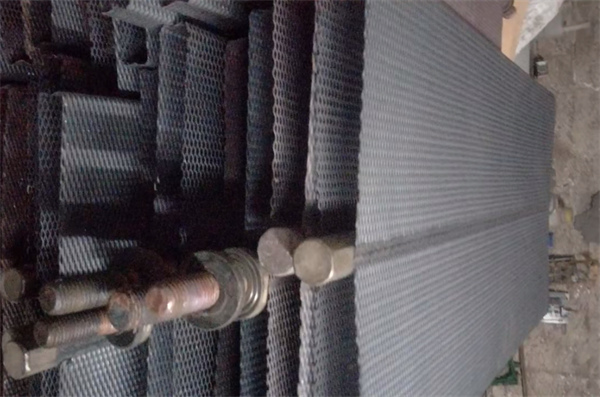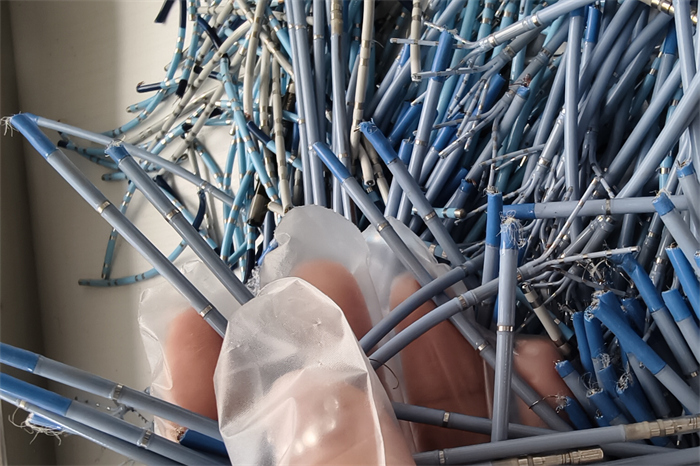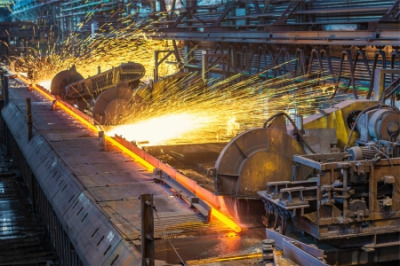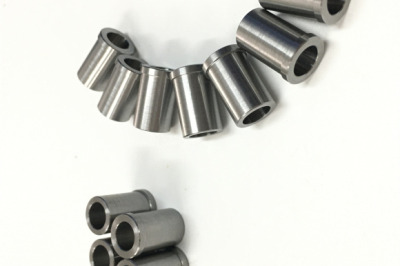"Recycling used Ru-Ti anodes (ruthenium-plated). Buying MMO anodes and Ru-Ir plated plates."
Ruthenium plating shares numerous similar outstanding advantages with other members of the platinum group metals, such as platinum, palladium, and rhodium. This precious metal is renowned for its unique inert coating, a property that enables it to effectively prevent corrosion and provide lasting protection for various applications. Additionally, ruthenium exhibits strong adhesion, capable of forming a firm bond on a wide range of substrates, ensuring the stability and durability of the coating.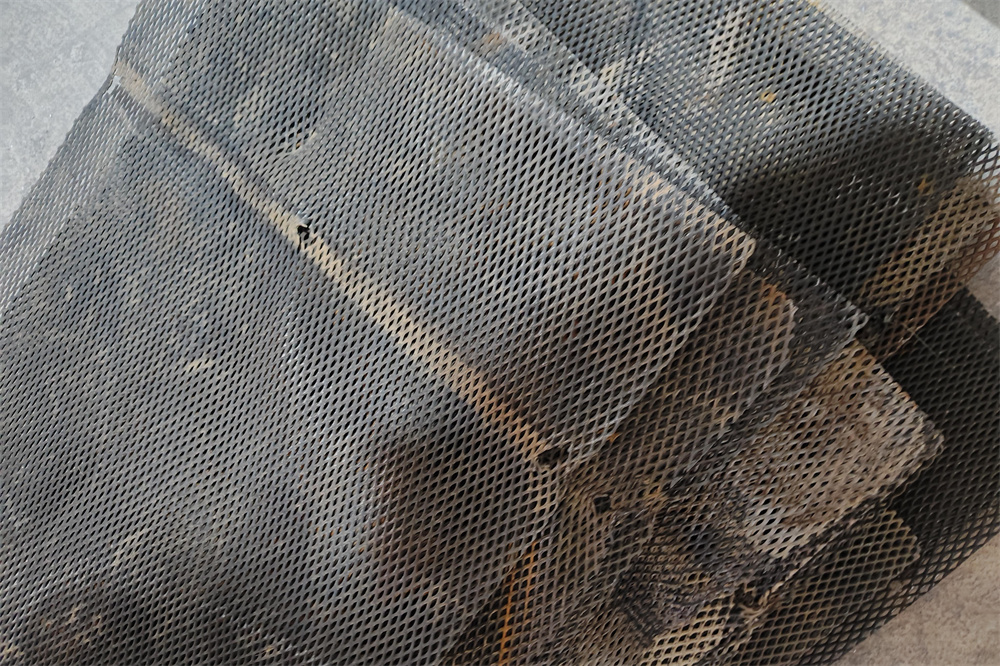 High hardness is another notable feature of ruthenium, making it perform exceptionally well in situations requiring high strength and wear resistance. Meanwhile, ruthenium possesses excellent electrical conductivity, which is crucial for electronic and electrical applications. Through high-quality plating processes, ruthenium can produce a pore-free, mirror-like surface that is not only aesthetically pleasing but also further enhances its physical and chemical properties.
The numerous advantages of ruthenium plating make it an ideal choice for numerous industrial applications. From aerospace to automotive electronics, and from medical devices to jewelry, ruthenium coatings have gained widespread recognition for their outstanding performance and stability.
High hardness is another notable feature of ruthenium, making it perform exceptionally well in situations requiring high strength and wear resistance. Meanwhile, ruthenium possesses excellent electrical conductivity, which is crucial for electronic and electrical applications. Through high-quality plating processes, ruthenium can produce a pore-free, mirror-like surface that is not only aesthetically pleasing but also further enhances its physical and chemical properties.
The numerous advantages of ruthenium plating make it an ideal choice for numerous industrial applications. From aerospace to automotive electronics, and from medical devices to jewelry, ruthenium coatings have gained widespread recognition for their outstanding performance and stability.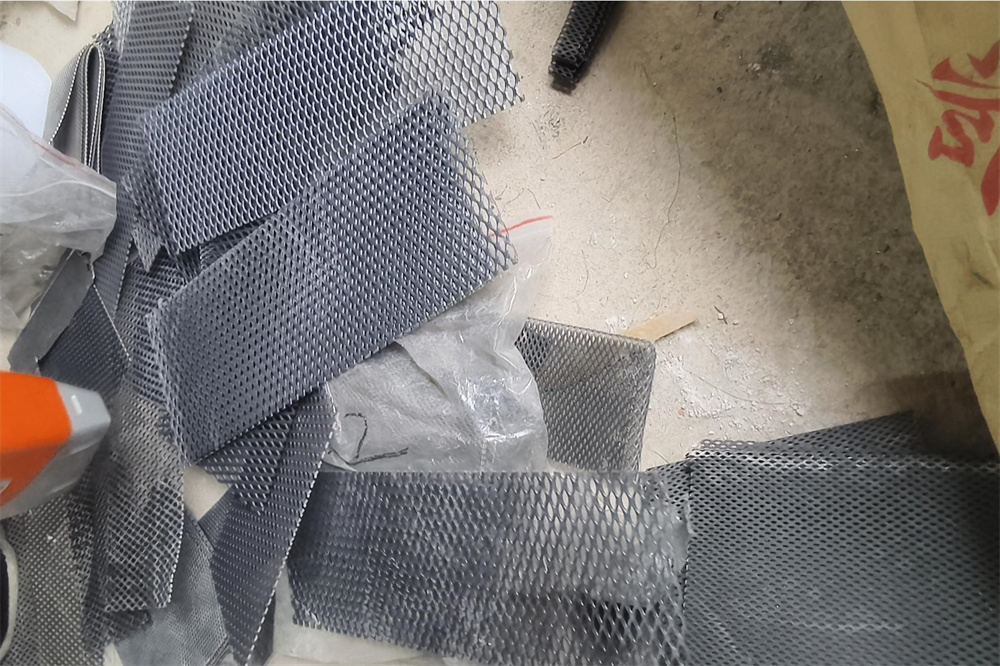 The ruthenium plating process primarily relies on electroplating technology to coat prepared metal surfaces. Before electroplating, workers need to pretreat the substrate to ensure that the coating can adhere uniformly and firmly to it. Next, the ruthenium or ruthenium-containing alloy for the coating is connected to the positive electrical connection of the electroplating equipment, while the substrate is connected to the negative pole through a wire to ensure that a negative current can flow through.
When both substances are immersed in an electrolyte bath containing an appropriate electrolyte, the electroplating process officially begins. By turning on the current, ruthenium atoms on the positive pole will be ionized under the action of the electric field and pass through the electrolyte liquid, ultimately depositing on the surface of the substrate. This process continues until the desired coating thickness is achieved.
The ruthenium plating process primarily relies on electroplating technology to coat prepared metal surfaces. Before electroplating, workers need to pretreat the substrate to ensure that the coating can adhere uniformly and firmly to it. Next, the ruthenium or ruthenium-containing alloy for the coating is connected to the positive electrical connection of the electroplating equipment, while the substrate is connected to the negative pole through a wire to ensure that a negative current can flow through.
When both substances are immersed in an electrolyte bath containing an appropriate electrolyte, the electroplating process officially begins. By turning on the current, ruthenium atoms on the positive pole will be ionized under the action of the electric field and pass through the electrolyte liquid, ultimately depositing on the surface of the substrate. This process continues until the desired coating thickness is achieved.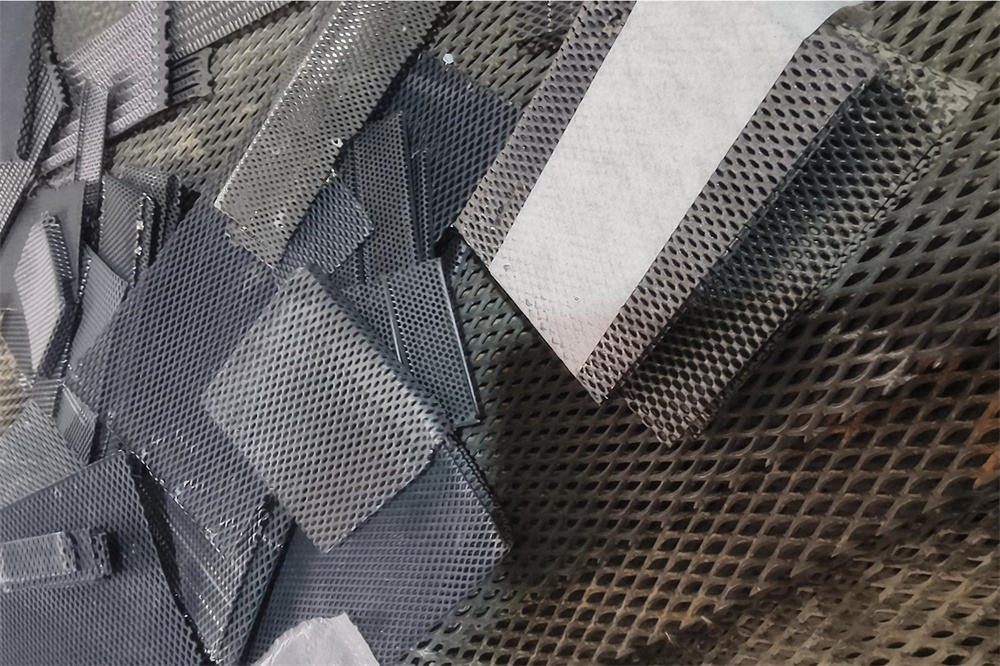 In summary, the ruthenium plating process occupies a pivotal position in the field of metal surface treatment due to its unique advantages and wide range of applications. With advancements in technology and industrial development, ruthenium plating technology is bound to usher in even broader development prospects.
In summary, the ruthenium plating process occupies a pivotal position in the field of metal surface treatment due to its unique advantages and wide range of applications. With advancements in technology and industrial development, ruthenium plating technology is bound to usher in even broader development prospects.


